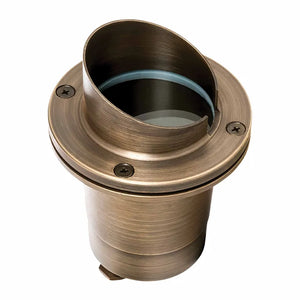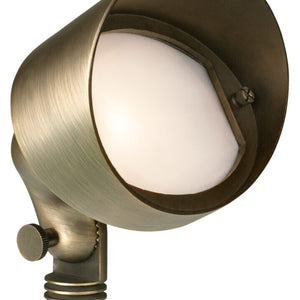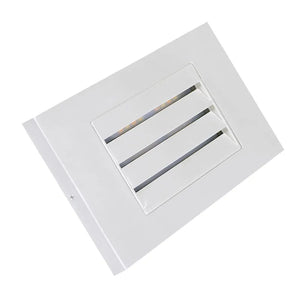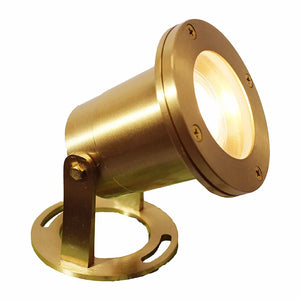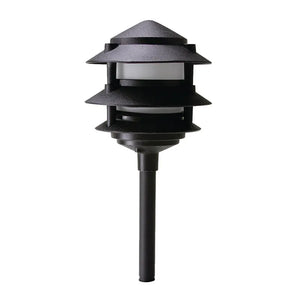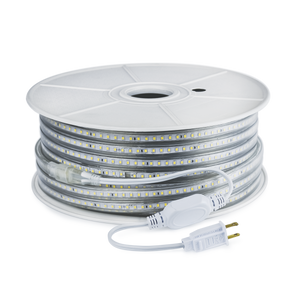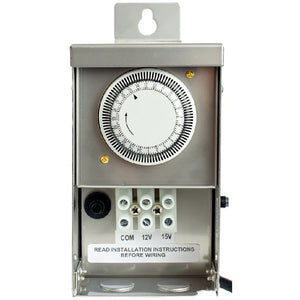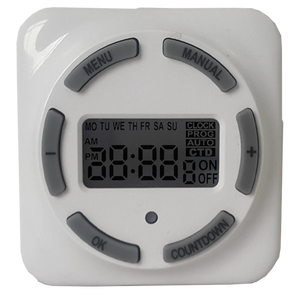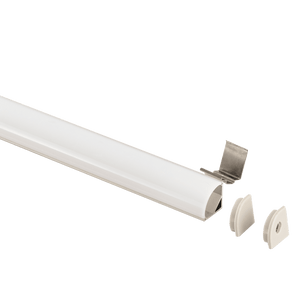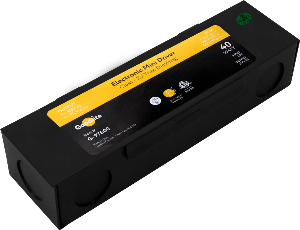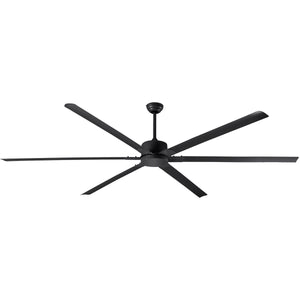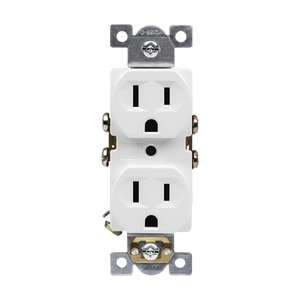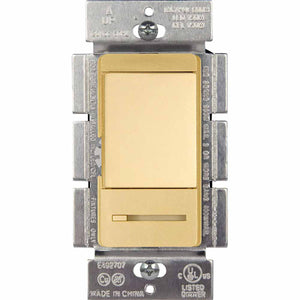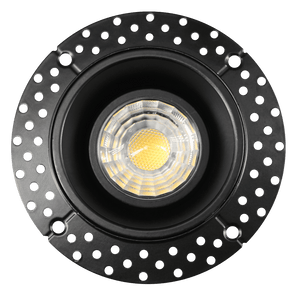
When it comes to measuring light intensity, two commonly used units are lux and foot candles. Both are important metrics in the field of lighting design and can help us determine the appropriate level of illumination for various applications. In this article, we will explore the differences between lux and foot candles, their applications, and how to convert between them. Let's dive in!
Lux and Foot Candles Defined
Lux and foot candles are units of measurement used to quantify the amount of visible light falling on a surface per unit area. Here's a brief explanation of each:
-
Lux (lx): Lux is the metric unit of measurement used in the International System of Units (SI). It measures the amount of light that falls on a surface in lumens per square meter (lm/m²). Lux is commonly used in Europe and other parts of the world.
-
Foot Candle (fc): Foot candle is the imperial unit of measurement and is widely used in the United States and other countries still following the imperial system. It measures the amount of light that falls on a surface in lumens per square foot (lm/ft²).
Key Differences
-
Measurement Units: The primary distinction between lux and foot candles lies in the units used. Lux employs the metric system, while foot candles use the imperial system. The choice between the two often depends on geographical location and specific industry standards.
-
Conversion: Since lux and foot candles represent the same concept of light intensity, they can be converted from one unit to the other. The conversion factor is approximately 10.764, meaning one lux is roughly equal to 0.0929 foot candles. To convert lux to foot candles, divide the lux value by 10.764, or multiply foot candles by 10.764 to obtain lux.
Applications
-
Lighting Design: Both lux and foot candles are vital for lighting designers to ensure proper illumination levels in various environments. Lux measurements are typically used for indoor applications, such as offices, homes, and commercial spaces. Foot candles, on the other hand, are often employed in outdoor settings, including sports fields, parking lots, and roadways.
-
Safety Standards: Many industries have specific lighting requirements to ensure adequate visibility and safety. For instance, workplaces, such as factories or warehouses, may have minimum lux or foot candle levels mandated by regulatory bodies to reduce the risk of accidents and maintain optimal working conditions.
-
Photography and Film: Photographers and filmmakers also utilize lux and foot candles to control lighting conditions for capturing high-quality images or footage. Understanding these measurements helps them achieve the desired lighting effects and maintain consistency in their work.
Conclusion
Both lux and foot candles are indispensable units of measurement when it comes to quantifying light intensity. While lux is commonly used in the metric system worldwide, foot candles remain prevalent in the imperial system, especially in the United States. By understanding the differences and conversion between the two, lighting designers, photographers, and other professionals can accurately assess and adjust lighting levels for optimal results in various applications.




















